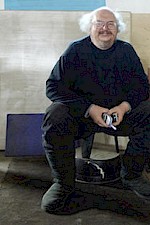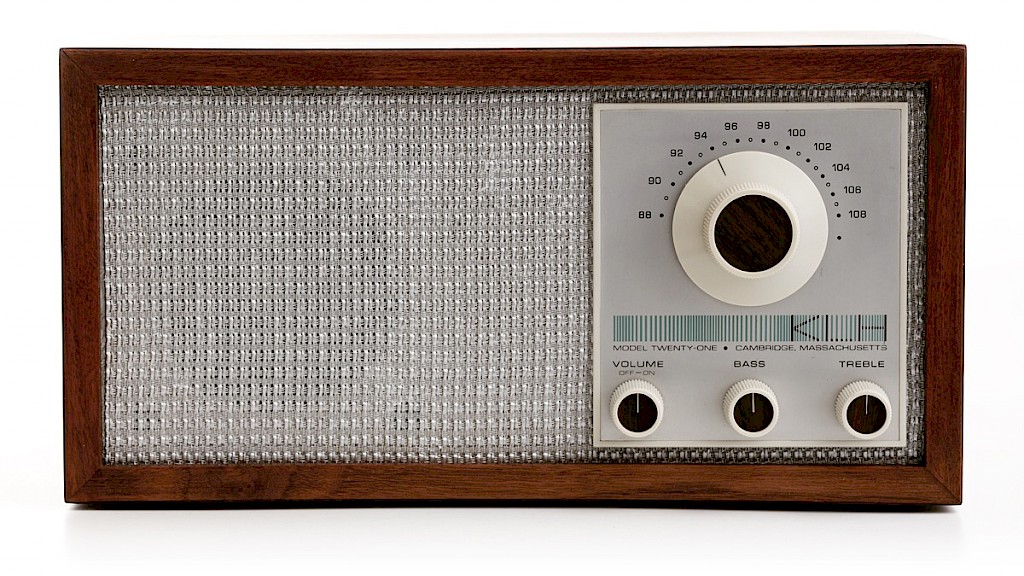The March of Convenience – Wireless Speakers as the New Frontier
The Elegant Music Room
Once upon a time, if you wanted to listen to music, you either had to have the means and talent to make music at home, or you had to go to a concert hall or other venue where music would be played. Edison and his compatriots changed that so that those with an appreciation of music, but no ability to play it could also enjoy music at home virtually whenever they wanted. But that meant stocking music cylinders or records, which were both fragile and space eaters.
Since the radio was introduced in the early twentieth century, people have enjoyed the convenience of being able to tune into music that was provided across long distances. Without having to travel to a certain place at a certain time to hear a live performance. Without having to have with them a large collection of records, or tapes. Without having to operate any mechanism more complicated than a dial. While in the US, we have always used the term “radio,” in the UK, it has always been common to refer to it as “wireless.”
Convenience and Magic
Now, “wireless” transmission in the home has made it possible to enjoy music from your own collection, or through any of the vast catalogues now available through the internet, through your own personal radio network. While this may not be as revolutionary a change in the way we experience music as the first radios were, this innovation is certainly transforming the market of audio products.
The appeal of not having to run wires all over your home to enjoy music everywhere and the low cost of computer control has driven the growth of wireless speakers. These speakers have built in amplifiers that get their signal from a built-in radio receiver. Some wireless speakers use batteries to make them portable. Others use 120V AC power from the wall to eliminate the need to charge batteries.
Most of these speakers are manufactured and priced cheaply, which contributes to their perception as being accessible and easy, but there are some hi-fi products at higher price points that have begun to use this technology. And, at this point in the market, we would say that you get what you pay for. Although “wireless” is magic, the more expensive speakers, in our view, sound better.
Since wireless speakers have their own built in amplifiers, the speaker designer has much more flexibility – and significantly more work. Rather than designing a single component, we will have to create a closed system of amp-and-speaker. Interestingly enough, this concept has a history in the audio industry. The famous KLH table model radio and its successors all matched the amp to the speaker – and produced some enviable sound quality.
Today, many wireless speakers get their signal over Wifi, Bluetooth, and other common platforms, and just become part of your local computer network. Some companies are even producing hardware that has no other function than to facilitate communication within home networks of devices such as wireless speakers.
Take a look at Tivoli, Henry Klauss’ brand that he went on to form after he left KLH. They are now manufacturing the direct descendent of the classic KLH table radio, and it uses Bluetooth. Their promotional material makes heavy use of lifestyle photos, which stress elegance and simplicity, along with convenience and ease of use.
Toward a True Wireless High Fidelity Standard
As the quality of digital music formats improves past the MP3, the need has arisen to offer a wireless format that offers similarly higher fidelity. Many companies have developed their own proprietary system. Unfortunately, all too often these systems only work when interfacing different devices from a single brand or family and are frequently not compatible between different manufacturers. This is a shame, because it takes away the consumer’s ability to mix and match gear, which is a choice that people in the field of hi-fi audio are especially fond of exercising.
Although right now Bluetooth seems to be dominating the field, probably because it’s cheap to manufacture and easy to use, we hope that it will eventually be replaced by a format that is capable of higher resolution sound quality. At Ohm, we have been following the progress in this area, and we hope that many electronic manufacturers adopt a high quality standard. At that level, the speaker becomes the limiting factor in sound quality – which is our great strength.
This technology still has a long way to go, but I see it as the next major change in speaker design. Self-amplified speakers that are connected seamlessly to any of our growing number of devices that generate music will soon replace the classic setup of speakers hooked up to a separate amplifier using copper wire. Of course, there will be some holdouts. But then, amplifier technology from the 1930’s has even seen a recent resurgence. Radio is not dead, but it is the wave of the future.
See you in two weeks,
For now,
Enjoy and Good Listening,
John
Subscribe to Ohm News & Views to get the latest posts in your inbox
John Strohbeen Author
John Strohbeen was the President and Chief Engineer of Ohm Acoustics from 1978-2023.


